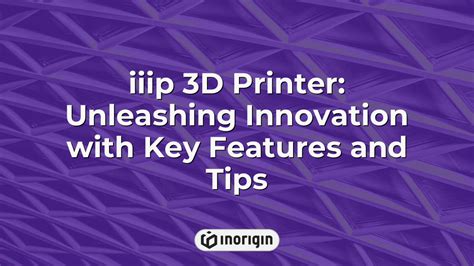In our journey towards innovation, we have explored the significance of idea generation and the power of experimentation. Now, it’s time to delve into the next crucial steps: validation and implementation.

2 of 4: Validation
Understanding the Customer’s Perspective
Validation is all about ensuring that the ideas you have generated truly resonate with the needs of your customers. This requires a deep understanding of their pain points, motivations, and preferences.
Asking the Right Questions
Engage customers in conversations, asking open-ended questions that encourage them to share their experiences, struggles, and aspirations. Focus on understanding their unmet needs, frustrations, and potential solutions.
Validating Assumptions
Use data and research to validate your assumptions about customer needs. Conduct surveys, conduct user interviews, and analyze customer feedback to confirm whether your ideas are on the right track.
Quantifying the Opportunity
Estimate the size of the market you are targeting. Identify the potential customer base, their willingness to pay, and the expected revenue or impact of your solution. This will help you justify the investment and resources needed for implementation.
3 of 4: Implementation
Creating a Roadmap
Develop a clear roadmap that outlines the steps involved in implementing your validated ideas. Include timelines, milestones, and key responsibilities. This will ensure that everyone involved is on the same page and working towards the same goal.
Prioritizing Projects
Prioritize projects based on their potential impact, market need, and feasibility. Focus on the projects that have the highest chances of success and the greatest return on investment.
Building a Team
Assemble a team with the skills, knowledge, and experience necessary to execute the implementation plan. Empower them to make decisions, take ownership of their tasks, and collaborate effectively.
Communication and Feedback
Establish clear channels of communication to keep everyone informed about the progress and challenges. Encourage feedback from team members and customers to continuously improve and refine your implementation strategy.
4 of 4: Continuous Iteration
Measuring Results
Monitor key metrics to track the success of your implemented solutions. Identify areas for improvement, gather customer feedback, and make necessary adjustments to optimize performance.
Adapting to Changing Needs
The market and customer needs are constantly evolving. Be prepared to adapt your implementation plan as new insights emerge. Stay agile and responsive to ensure that your solutions continue to meet the evolving needs of your customers.
Innovate with Confidence
By following these steps, you can increase the likelihood of successfully implementing innovative solutions that meet the needs of your customers and drive business growth. Embrace the process of validation and implementation with confidence, and you will unlock the full potential of innovation.
- Conduct A/B testing: Compare different versions of your solution to gather data on their effectiveness.
- Use customer journey mapping: Visualize the customer experience and identify potential pain points.
- Consider behavioral economics: Understand how cognitive biases and emotions influence customer behavior.
Table 1: Questions to Validate Customer Needs
| Question | Purpose |
|---|---|
| Describe the biggest pain point you face in this area? | Identify unmet needs |
| What would an ideal solution look like for you? | Gather insights into desired features |
| How much would you be willing to pay for a solution that solves this problem? | Quantify the market opportunity |
Table 2: Steps in Creating an Implementation Roadmap
| Step | Description |
|---|---|
| Define project scope | Outline the goals, deliverables, and constraints |
| Sequence tasks | Break down the project into smaller, manageable steps |
| Estimate timelines | Assign timelines to each task |
| Identify milestones | Establish key points for evaluating progress |
Table 3: Building an Effective Innovation Team
| Role | Responsibilities |
|---|---|
| Product Owner | Defines the vision, prioritizes features, and ensures alignment with customer needs |
| Developers | Design, develop, and test the solution |
| UX Designers | Create user-centric designs that enhance usability |
| Business Analysts | Provide market insights, quantify opportunities, and track progress |
Table 4: Metrics for Measuring Innovation Success
| Metric | Description |
|---|---|
| Customer acquisition cost (CAC) | Measures the cost of acquiring new customers |
| Monthly recurring revenue (MRR) | Predicts monthly revenue based on recurring subscriptions |
| Customer lifetime value (CLTV) | Estimates the total revenue generated by a customer over their lifetime |
| Net promoter score (NPS) | Indicates customer loyalty and satisfaction |
